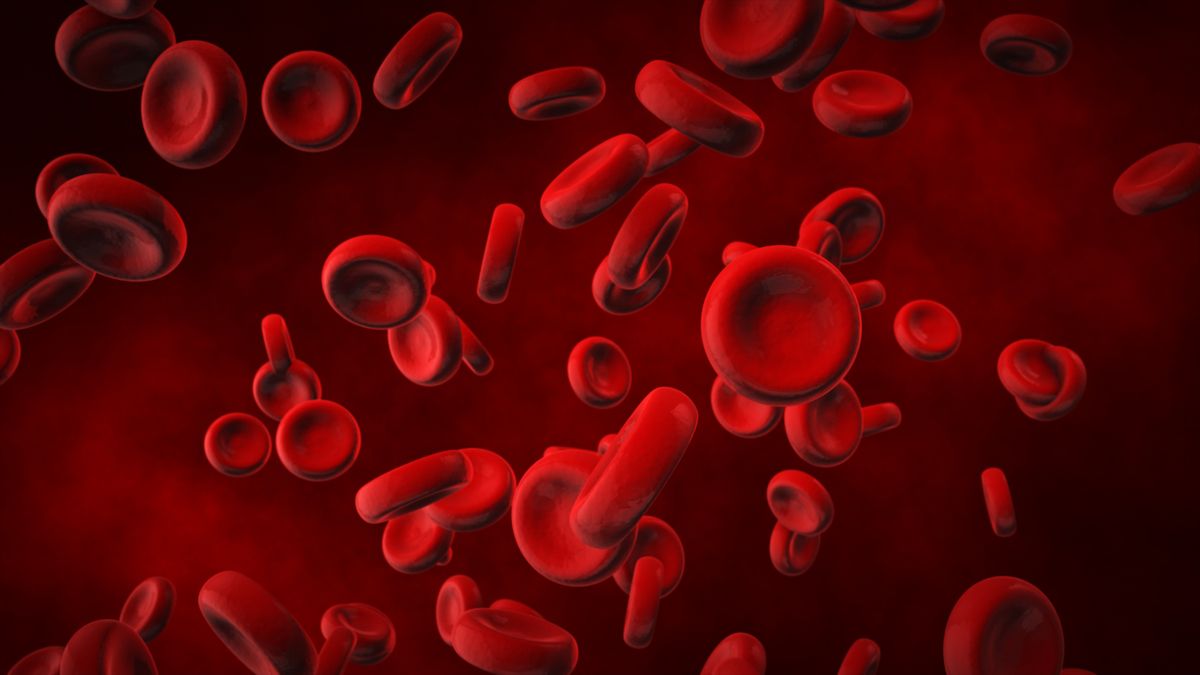Daratumumab Combos Are Effective in NDMM Despite Relapses in Subgroups
APOBEC mutational activity appears to be prognostic in patients with newly diagnosed multiple myeloma or precursor diseases who receive daratumumab quadruplets, according to Kylee Maclachlan, MBChB, PhD.
"APOBEC mutational activity has now shown to be prognostic in precursor disease and newly diagnosed multiple myeloma treated with other therapies, and it remains prognostic with [daratumumab quadruplets]," according to Kylee Maclachlan, MBChB, PhD.

Treatment with daratumumab (Darzalex) quadruplets appears clinically effective in patients with newly diagnosed multiple myeloma, although certain subsets of patients still experience early relapse, according to findings from an oral presentation at the 2023 International Myeloma Society (IMS) Annual Meeting. Presenting author Kylee Maclachlan, MBChB, PhD, noted that defining these subgroups will be crucial for testing new therapeutic approaches.1
Maclachlan is an assistant attending physician at Myeloma Service in the Department of Medicine at Memorial Sloan Kettering Cancer Center (MSKCC) in New York City, New York.
According to Maclachlan, International Staging System (ISS) did not adequately predict outcomes in patients receiving daratumumab quadruplet therapy (P = .035), as well as revised ISS (R-ISS) staging (P = .00019). Additionally, although there appeared to be no differences in the rates of achieving minimal residual disease (MRD) negativity by the presence or absence of an IgH translocation, PFS was adverse in patients (P = .043). Similarly, there was no difference in MRD-negativity achievement with respect to gain of 1q, which also had an adverse impact on PFS (P = .00078).
When considering the deletion of any TENT5C, RPL5, XBP1, IKZF1, or IKZF3 genes, Maclachlan reported no differences in MRD status among patients, although these deletions conferred a worse PFS (P = .042). Additionally, MRD negativity rates appeared to be similar regardless of APOBEC activity, although the presence of APOBEC activity correlated with worse PFS (P = .025). With regard to complex structural variant chromothripsis, investigators observed a trend towards significance, although Maclachlan stated that confirmation would require prolonged follow-up.
The second revision R-ISS (R2-ISS) staging, which accounts for a compounding effect of multiple genomic risk factors not included in R-ISS criteria, appeared to more accurately predict PFS (P = .0067). When adding 1 point for high APOBEC activity on top of R2-ISS disease, Maclachlan stated this defined a small cohort of patients with a median PFS of less than 18 months. She noted that this is the population for whom daratumumab-based quadruplets are failing.
“APOBEC mutational activity has now shown to be prognostic in precursor disease and newly diagnosed multiple myeloma treated with other therapies, and it remains prognostic with [daratumumab quadruplets],” Maclachlan said. “The inclusion of a broader genomic assessment improves prediction of outcomes, with important features seemingly including gain of 1q, adverse translocations, focal deletions, APOBEC activity, [and] possibly chromothripsis, [which] is to be confirmed.”
Investigators conducted this study based on the hypothesis that daratumumab quadruplet therapies may surpass traditional prognostication in newly diagnosed multiple myeloma, requiring more comprehensive genomic stratification to inform individual treatment decisions. The study also explored the hypothesis of whether whole genome sequencing would more accurately define risks in this population.
Patients with newly diagnosed multiple myeloma who received treatment with daratumumab quadruplet induction at MSKCC before July 2023 were eligible for inclusion on the study. Those who received radiotherapy or no more than 1 cycle of alternative therapy were also included.
The clinical dataset for this presentation originated from another chart review study presented as a poster at IMS, which assessed daratumumab plus bortezomib (Velcade), lenalidomide (Revlimid), and dexamethasone (Dara-VRd) compared with daratumumab plus carfilzomib (Kyprolis), lenalidomide, and dexamethasone (Dara-KRd) in newly diagnosed multiple myeloma.2 This dataset included a total of 262 patients, 47% of whom were female, 13% were Black, and 10% were Hispanic. Additionally, 34% and 66% of patients received carfilzomib and bortezomib, respectively.
Maclachlan reported a median follow-up of 1.4 years overall. Additionally, the median follow-up was 4.4 years (interquartile range [IQR], 2.0-5.0) in the Dara-KRd cohort and 1.0 year (IQR, 0.6-1.5) in the Dara-VRd cohort. Overall, 50 patients experienced disease progression, including 26 who received Dara-KRd and 24 treated with Dara-VRd. There were no differences in PFS (P = .11) or overall survival (P = .73) between these treatment arms.
Concerning the genomic dataset, FISH testing was performed on 245 patients, SNP-array in 129, targeted sequencing with MSK-IMPACT-Heme in 84, and whole genome sequencing in 57. Most patients had ISS stage I disease (n = 106) and R-ISS stage II disease (n = 134).
According to Maclachlan, ongoing research is focusing on 50 whole genome sequencing samples from patients treated with daratumumab quadruplets. She also described the potential to expand the individualized prediction model in press so that it includes patients treated with daratumumab quadruplets.
References
- Maclachlan K, Tan C, Shekarkhand T, et al. Comprehensive genomic characterization of response and resistance to daratumumab-based quadruplet induction in NDMM patients. Presented at: 2023 International Myeloma Society Annual Meeting; September 27-30, 2023; Athens, Greece. Abstract OA-19.
- Tan C. Daratumumab, bortezomib, lenalidomide, and dexamethasone (DVRd) vs daratumumab, carfilzomib, lenalidomide and dexamethasone (DKRd) as induction therapy in newly diagnosed multiple myeloma. Presented at: 2023 International Myeloma Society Annual Meeting; September 27-30, 2023; Athens, Greece. Abstract P-166.
Navigating AE Management for Cellular Therapy Across Hematologic Cancers
A panel of clinical pharmacists discussed strategies for mitigating toxicities across different multiple myeloma, lymphoma, and leukemia populations.